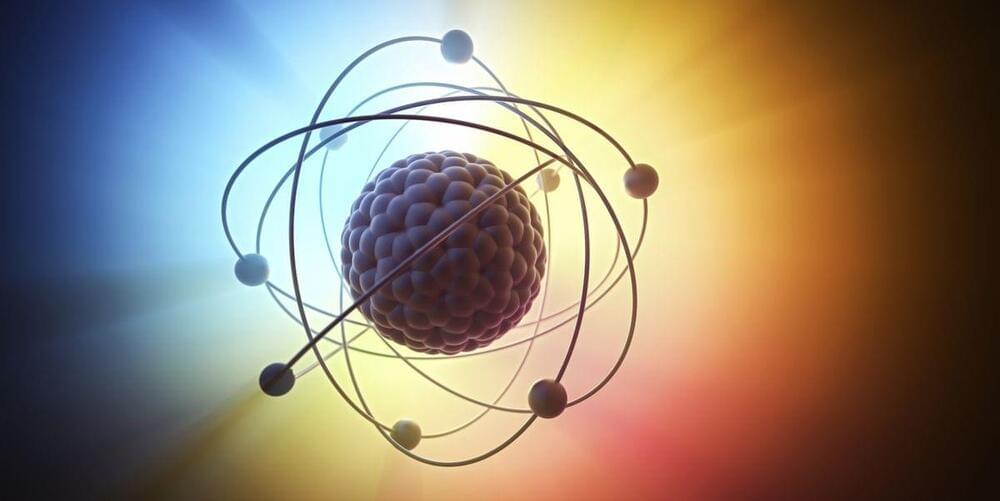Chatbots share limited information, reinforce ideologies, and, as a result, can lead to more polarized thinking when it comes to controversial issues, according to new Johns Hopkins University–led research.



Intel’s next-generation Falcon Shores GPU is going to be a power-hungry beast as revealed to Computerbase during ISC 24.
Intel Falcon Shores GPUs Are Arriving In 2025 & Will Feature The Most Power-Hungry Design In The AI Accelerator Race
During ISC 24, Intel and its partners happened to have teased the power consumption figures for the upcoming Falcon Shores GPUs which will be the follow-up to Gaudi 3. While the Gaudi line of accelerators has been dedicated to the AI segment, Intel seems to have taken a step back with its standard HPC & AI GPU offerings. Recently, we reported how Intel has ended the deployment of its first true HPC GPU, Ponte Vecchio.
The transcript features an interview with renowned science fiction author Isaac Asimov, discussing his predictions and visions for the future of space exploration, computers, robotics, and humanity’s role in shaping that future. It touches on concepts like permanent space settlements, harnessing solar power, the increasing importance of computers and AI, the impacts of robotics on jobs, and taking an optimistic yet cautionary view of technological progress. It also covers some earlier inaccurate and exaggerated predictions about robots replacing humans, as well as actual technological developments in 1982 like artificial hearts and fusion reactors. The overall theme is Asimov’s hopeful but measured outlook on future scientific and technological advancements.

New Year’s Eve is often a night filled with celebratory shots and champagne toasts. But as the party night fast approaches, one doctor is gently reminding folks the importance of partying responsibly during the holidays. Really, it’s a piece of advice that’s important all year long.
Dr. Brian Hoeflinger, an Ohio based neurosurgeon with over two decades of experience, has a TikTok channel filled with educational videos and lifestyle tips. But it’s his latest clip explaining just how long it takes our bodies to break down alcohol that has gone viral.
In the video, which was shared on Christmas Day, Dr. Hoeflinger sets the scene of a party where “a lot of drinks are going down” by setting up a bunch of shot glasses filled with water.





17K likes, — eco.medy on April 11, 2024: “Meet @fionn.ferreira, the young innovator tackling microplastic pollution head-on with his groundbreaking magnetic solution! 💡… #…”
